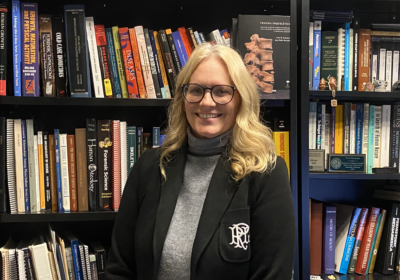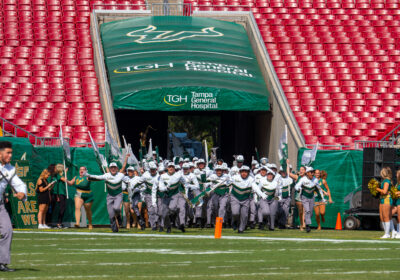Mixing traditions on ‘Thanksgivukkah’
Whether you call it “Hanukkahgiving” or “Thanksgivukkah,” this week offers a rare holiday mashup that some estimate won’t occur for another 79,000 years, according to an NPR article.
As many celebrate Thanksgiving on Thursday, many will also celebrate the first day of Hanukkah, which changes every year to coincide with the Jewish calendar, usually occurring in December or late November.
If one wishes to observe both the first day of Hanukkah and Thanksgiving during Thursday’s dining, one should consider typical traditions for both holidays. Though each holiday’s meals are not in direct conflict, there are certain traditions to follow for both.
Holiday traditions
For those wondering why certain foods are eaten during the holidays, a brief history of the holidays is needed.
Thanksgiving is known for its pumpkin and sweet potato pies, however, there is more to it than simply taste. Every Thanksgiving, there is a feast to celebrate the founding of the New World and the early pilgrims’ survival from starvation during the first years of colonization. Rather than feeding on traditional European food, early colonists had to learn to eat harvests naturally found on the American continent, such as potatoes, corn, pumpkin and the iconic turkey — hence the feast of turkey, mashed potatoes and more.
Hanukkah, celebrated by Jewish cultures, commemorates the “miracle” in which a one-day supply of oil lasted eight days and helped the Maccabean rebellion in the second century B.C. and helped Jews gain control of Jerusalem. For this reason, fried foods are traditional such as jelly-filled doughnuts and “latkes,” or potato pancakes.
Kosher made easy
Though there are many rules that vary between different views of Judaism, there are a few common rules for most followers of the religion.
First, not all meat or products may be eaten according to the religion. Some of these “forbidden” meats include pork and shellfish, and the restriction includes the meat, eggs and milk of these animals.
In addition, according to Jewish dietary laws, the main distinction between “kosher” and non-kosher is the preparation of meat and dairy. Meat cannot be eaten with dairy nor can they be prepared together. Furthermore, the utensils used to make the food must also remain separate. For example, a knife used to cut cheese cannot be used to cut steak. Examples of non-kosher foods include cheeseburgers and pepperoni pizza with cheese.
There are other minor rules to keep in mind, including using canned foods or other foods stored with preservatives, which may contain meat or dairy products, as well as the proper way for meat to be butchered. For best certainty on kosher dining, one should consult a local rabbi.
New spins
Though these holidays have been celebrated for years, this year offers the first opportunity to incorporate a kosher Thanksgiving with new spins on old traditions.
Besides the yearly sweet potato pie or potato pancakes, one can cook sweet potatoes in a multitude of ways, such as incorporating them into a traditional latke recipe or cooking them in oil to make sweet potato fries. Other combinations can be explored with a holiday feast as large as Thanksgiving with sides such as brown gravy or cranberry sauce being used with latkes instead of applesauce.






